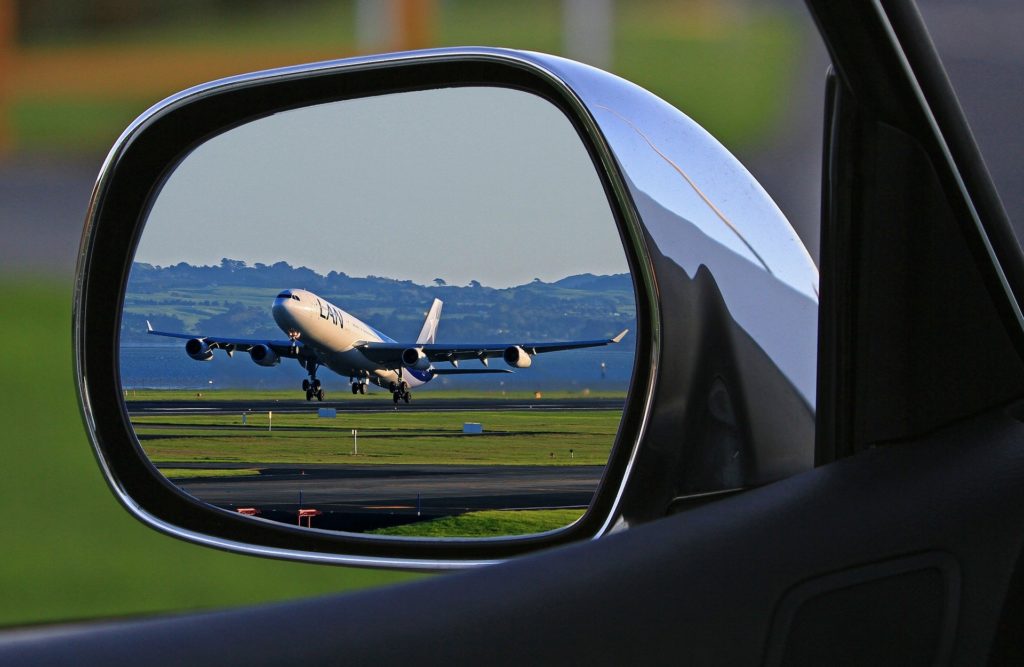Climate Action
This Week on Earth: Too hot for humans to handle
May 15, 2020
Good morning, and welcome to Earth Day Network’s This Week on Earth. Each week, we’ll highlight the latest environmental news and what it means for our planet.
This week, countries started opening up and easing restrictions put in place to reduce the spread of COVID-19. Politicians and world leaders debated more green recovery plans, after the coronavirus pandemic has caused economic losses on par with the Great Depression. And the United States faces a meat shortage.
Meanwhile, carbon emissions are projected to drop 8% from last year, but global carbon dioxide levels are still at record highs, as Louise Boyle writes for Independent.
Check out the rest of the news in our week in review.
Hot summer nights
Summer’s going to feel different this year, and it’s not just due to the pandemic.
Some scientists have already projected 2020 to be the hottest year on record. Now, as the northern hemisphere prepares for summer months, new research shows that hot and humid places are getting too hot for human survival.
“The findings imply that harsh conditions that scientists foresaw as an impending result of climate change are becoming reality sooner than expected,” writes Justine Calma for The Verge.
These findings come the same week a landmark study projected that by 2070, 2 billion to 3.5 billion people, mostly the poor who can’t afford air conditioning, will live in a climate that’s historically too hot to handle. Seth Borenstein, writing for AP, has more details.
High tide
A new survey concludes that oceans are rising faster than previously thought. By 2100, we can expect seas to rise by a meter, and by 2300, it could get as high as 5 meters.
“In the worst-case scenario — with rising emissions and global heating of 4.5C above pre-industrial levels — the study estimates the surface of the world’s oceans in 2100 will be between 0.6 and 1.3 metres higher than today, which would potentially engulf areas home to hundreds of millions of people,” writes Johnathan Watts for the Guardian.
Higher sea levels and warmer waters intensify extreme weather events. And climate change increases the frequency of infectious diseases, so The Atlantic writes of natural disasters striking during the pandemic and Wired writes of wildfires in times of coronavirus.

One-click grocery shopping
Grocery shopping in the pandemic can be anxiety inducing. It’s one of the few places you can’t really practice social distancing measures. It’s no wonder online grocery shopping has taken off.
But what does Instacart and Amazon mean for the environment? Maddie Stone for Grist explores the carbon footprint of online grocery shopping.
Meanwhile, no matter how or where you shop, you may be unable to check off one item from your grocery list: meat. Last week, we wrote about how the pandemic is exposing the vulnerability of Big Meat and offered some plant-based recipes to try in the meantime.
Environmental injustice and the coronavirus
Like climate change, COVID-19 is disproportionately affecting already vulnerable communities. In an interview with Yale Environment 360, scientist Sacoby Wilson talks about the importance of examining the pandemic through the lens of environmental justice.
“To address the disparities in COVID-19, we have to address our structural inequalities in this country,” says Wilson.
Let’s just hit the reset button, right? Not so fast
The coronavirus presents us with an opportunity to invest in green recovery plans, something that both cities and countries are calling for. But, as Amy Harder writes for Axios, in the messy, complicated world we live in, it may not be that easy:
“In theory, [coronavirus recovery legislation] provides a lot of opportunities to incorporate clean energy and climate-change ideas, but the reality is that they could just get lost in a crowded and messy crisis.”

10 ways to travel better after coronavirus
We’re all stuck at home for the time being, but the pandemic won’t last forever. After the dust of the pandemic settles, many of us will be thinking about that next vacation and how we can enjoy ourselves without hurting the environment.
“From more staycations to rethinking flying, now is the time to start making better decisions for upcoming trips,” writes Emily Mathieson for Condé Nast Traveller.
The newest pollutant
Like the straws and water bottles of the past, waterways and sewers now have a new pollutant to deal with: disposable gloves.
Eric Baard writes about the Glove Challenge in the New Yorker: “People are wearing disposable gloves to protect themselves from the coronavirus, but who will protect the oceans and waterways from the gloves that get tossed on the ground?”
A break from the news
And because it’s cute, here’s a video of a koala licking a tree. Koalas get most, but not all, their water from chewing on eucalyptus plants. New research from the University of Sydney shows these thirsty marsupials lick trees to quench their thirst. (Sound on.)